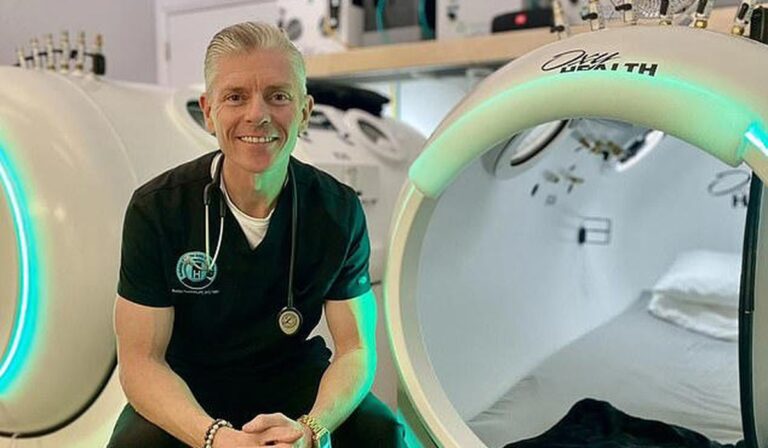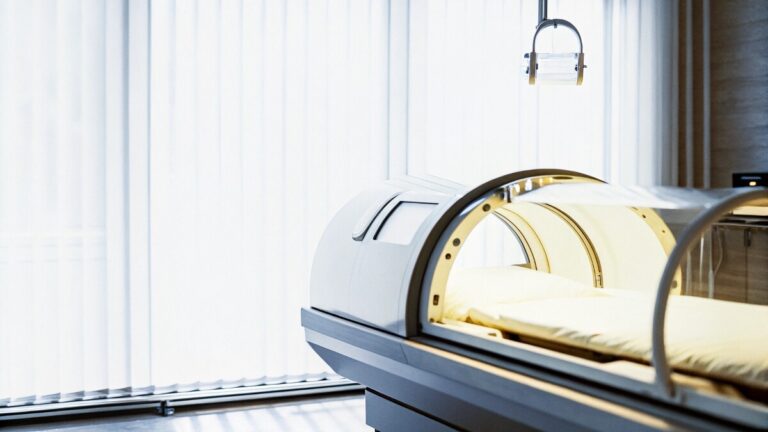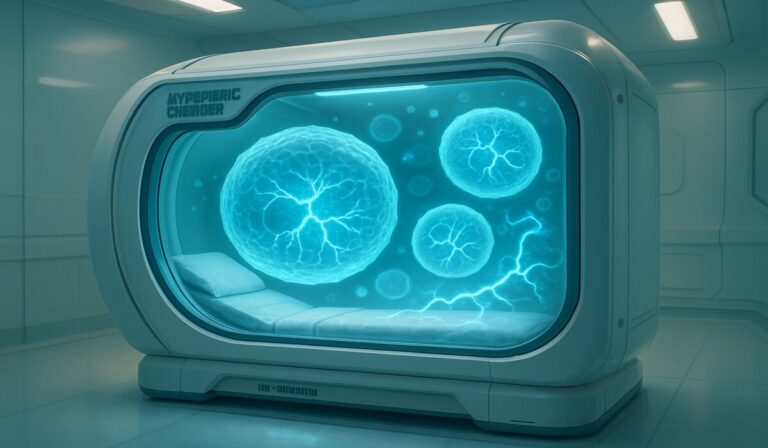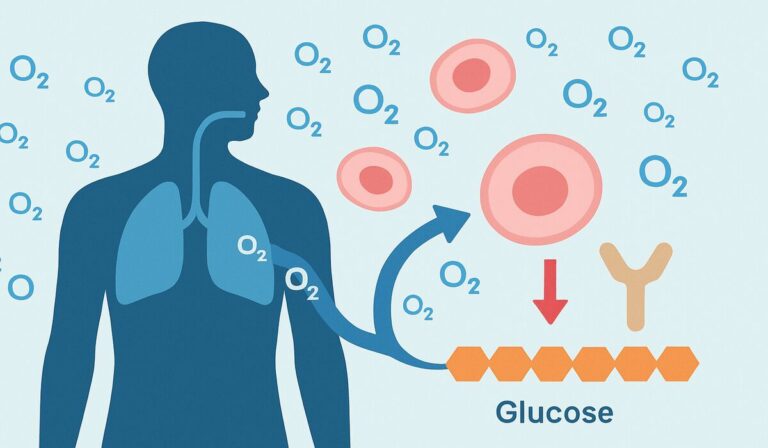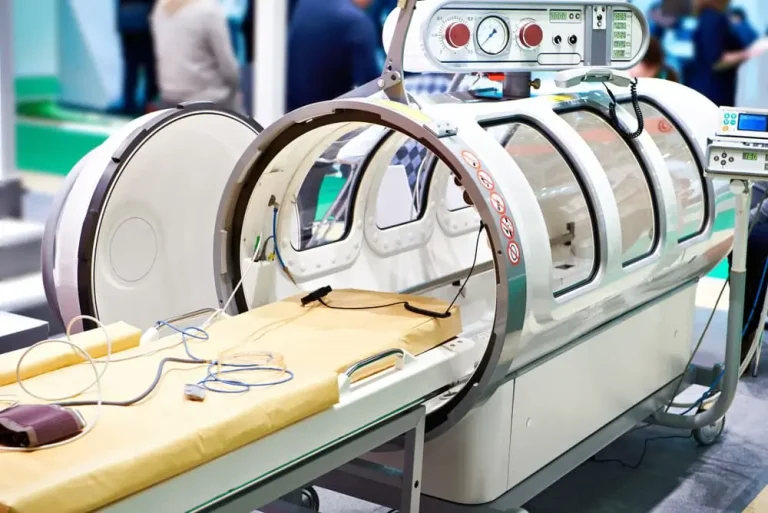- Researchers examined 20 patients with healthy retinas before and after one hyperbaric oxygen therapy session.
- Full-field electroretinography showed a significant drop in scotopic 0.01 ERG b-wave amplitude, with p = 0.029.
- Spectral-domain optical coherence tomography detected thickening in the retinal pigment epithelium in the 3-mm nasal subfield, p = 0.023.
- No other retinal or choroidal changes reached statistical significance.
- Findings suggest short-term impairment in rod-bipolar cell function, calling for further research on reversibility.
A new study published in Frontiers in Ophthalmology explores how a single session of hyperbaric oxygen therapy affects the healthy retina.
Conducted by Turkish researchers Nur Demir, Selin Gamze Sumen, and Belma Kayhan, the research used full-field electroretinography (ffERG) and spectral-domain optical coherence tomography (SD-OCT) to measure changes.
Participants included 20 patients aged 18 to 66 years, all with normal retinas but indications for hyperbaric oxygen therapy (HBOT) due to conditions like sensorineural hearing loss or avascular necrosis. Tests occurred before and within 24 hours after the session.
The average age was 43.2 years, with a standard deviation of 11.4 years. Results indicate minor but significant shifts in retinal function, raising questions about HBOT’s short-term effects on eye health. The study, affiliated with institutions in Istanbul, Turkey, emphasizes the need for more investigation.
Study Design and Methods
The researchers selected patients from Turkey. All had healthy retinas confirmed by comprehensive eye exams. HBOT involves breathing pure oxygen in a pressurized chamber, which can create hyperoxia – a state of elevated oxygen levels that may cause retinal vasoconstriction and reactive oxygen species production.
ffERG measures the retina’s electrical response to light, assessing photoreceptor and bipolar cell activity. SD-OCT provides detailed images of retinal layers and the choroid, the vascular layer beneath the retina.
Assessments focused on the Early Treatment Diabetic Retinopathy Study (ETDRS) grid, a standard layout for mapping retinal areas.
Key Findings from Electroretinography
ffERG results showed one notable change: the scotopic 0.01 ERG b-wave amplitude decreased significantly after HBOT, with a p-value of 0.029. Scotopic conditions simulate dim light, testing rod cells and bipolar cells. The b-wave reflects rod-bipolar cell function, suggesting acute impairment in this pathway.
No other ffERG measures, such as a-wave amplitudes or photopic responses, differed statistically before and after treatment. According to the study authors, this points to a targeted effect on low-light vision processing without broader retinal disruption.
Optical Coherence Tomography Results
SD-OCT scans revealed thickening in the retinal pigment epithelium (RPE) in the 3-mm nasal subfield of the ETDRS grid, with p = 0.023. The RPE supports photoreceptors by absorbing light and maintaining retinal health.
Choroidal thickness and other retinal layers showed no significant changes. SD-OCT, which uses light waves for high-resolution cross-sections, confirmed these shifts occurred within 24 hours. The authors note that hyperoxia from HBOT may trigger these adaptations, but long-term impacts remain unclear.
Implications and Future Research
The study concludes that one HBOT session causes an acute alteration in rod-bipolar cell function, as seen in electrophysiological responses.
No evidence of reversibility appears in the data, prompting calls for additional studies. Sources include the original article in Frontiers in Ophthalmology, Retina section, with affiliations to Turkish health institutions.
This work builds on prior knowledge of HBOT’s risks, such as oxidative stress in the retina, while highlighting its use for non-eye conditions.


